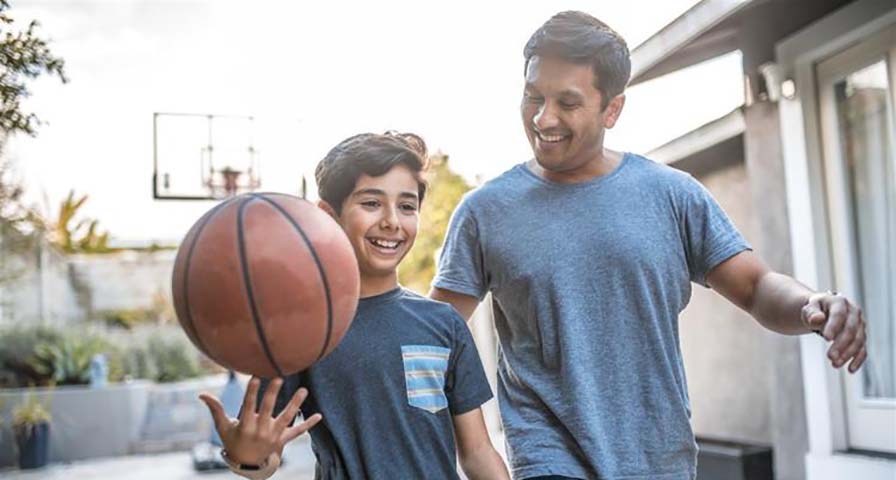Originally published Oct. 1, 2020 by the Reading Eagle.
As the pandemic continues, health experts and physicians are concerned that with home and online schooling often replacing in-person curricula, including PE classes, our children may not be getting the physical activity they need to promote their health. And that may be a bigger deal than parents realize.
"Exercise during adolescent years is vital for building strong bones," said Dr. Jennifer Weiss, an orthopaedic surgeon and spokesperson for the American Academy of Orthopaedic Surgeons (AAOS). "The bone mass gained during childhood helps determine how healthy bones and the musculoskeletal system will be throughout life."
 Stephanie Morris, CEO of SHAPE America, agreed.
Stephanie Morris, CEO of SHAPE America, agreed.
"Whether participating in remote learning or in-person classes, health and physical education remain essential for students' physical, mental and social-emotional health," Morris said. "And the more we can encourage kids to be physically active and maintain healthy bones and joints, the better they will be equipped to manage the challenges and stresses that are inevitably being felt in this COVID-19 era."
Here are some facts for parents and guardians to understand when it comes to promoting healthy physical activity for your child.
Activity is crucial to health
Children and youth who are physically active tend to be healthier, have less body fat and lead more active lifestyles as adults. Still, the American Academy of Pediatrics reported in one study that fewer than half of all U.S. children were getting their recommended 60 minutes of daily exercise.
Activity can boost academic performance. A CDC study found multiple links between physical activity and cognitive skills and attitudes, as well as academic performance, achievement and behavior.
Instruction may be available
Parents or guardians are encouraged to check with a child's school to seek direction, since many phys ed teachers are offering online or printed instruction that can help devise at-home fitness programs during the pandemic.
Seek out information for social-distance friendly muscle-strengthening movements such as cycling, weight training, yoga or climbing stairs. Alternately, bone-strengthening activities such as running, jumping rope or dancing can offer needed energy breaks that require little formal instruction.
Parents can lead by example
The AAOS recommends guiding kids through stretches and warmup exercises, trying out a variety of games and activities, de-emphasizing winning, using activity as a reward and making the process as enjoyable as possible.
For the sake of convenience, the activity could be broken up into 15-minute intervals throughout the day. The whole family could participate as a bonding experience, perhaps by walking the dog, raking leaves or going on a bike ride.
Regardless of whether your child is studying online, attending in-person classes or combining those opportunities, it's important not to forgo the physical activity that will help protect their health during the pandemic.
Take steps now to work at least one hour of exercise into the daily schedule. For more information about the role a balanced active lifestyle plays on pediatric and adolescent bone health, visit OrthoInfo.org, a patient education website for bone and joint health information.
Seeking information about IHT's Online Physical Education program?




